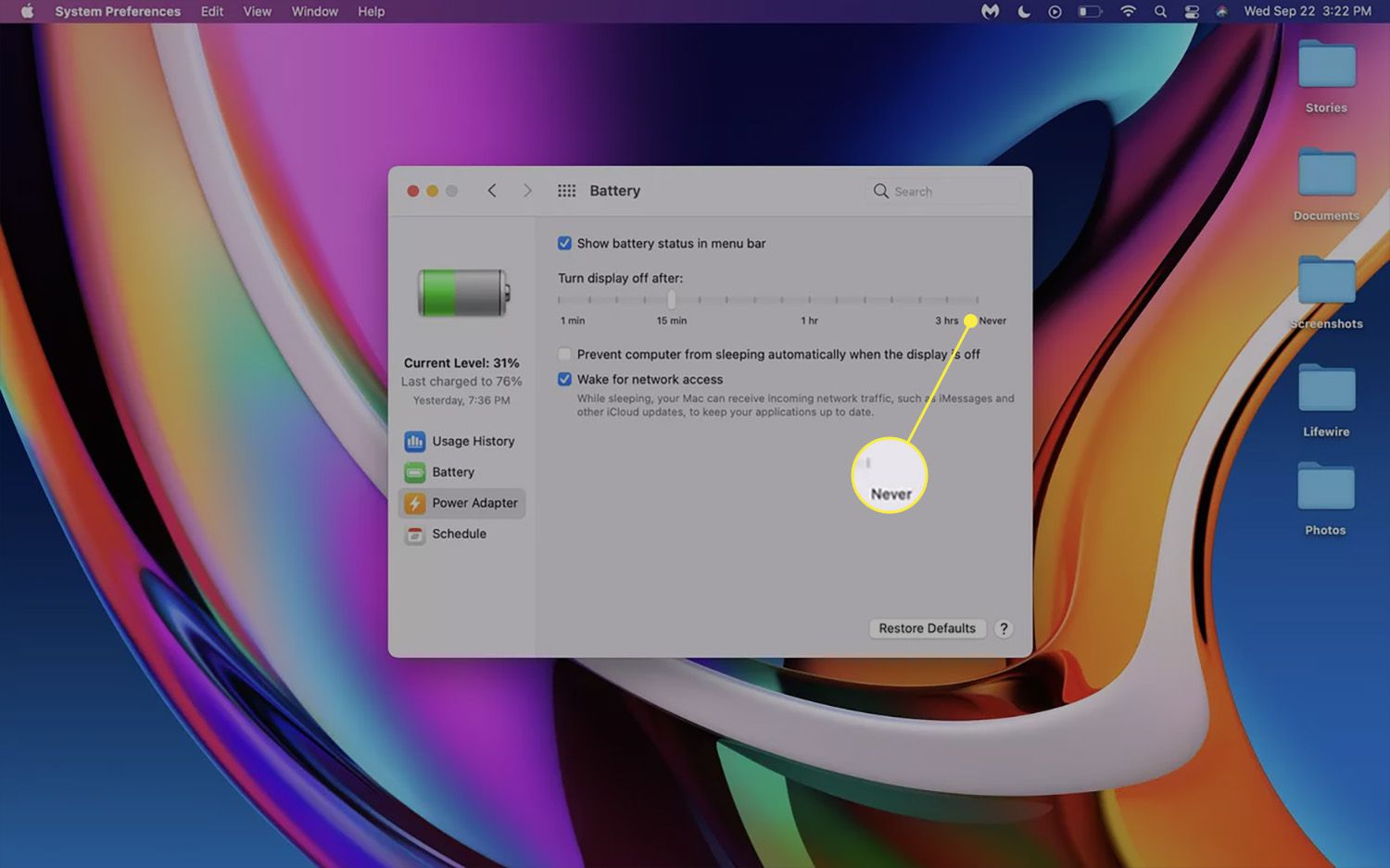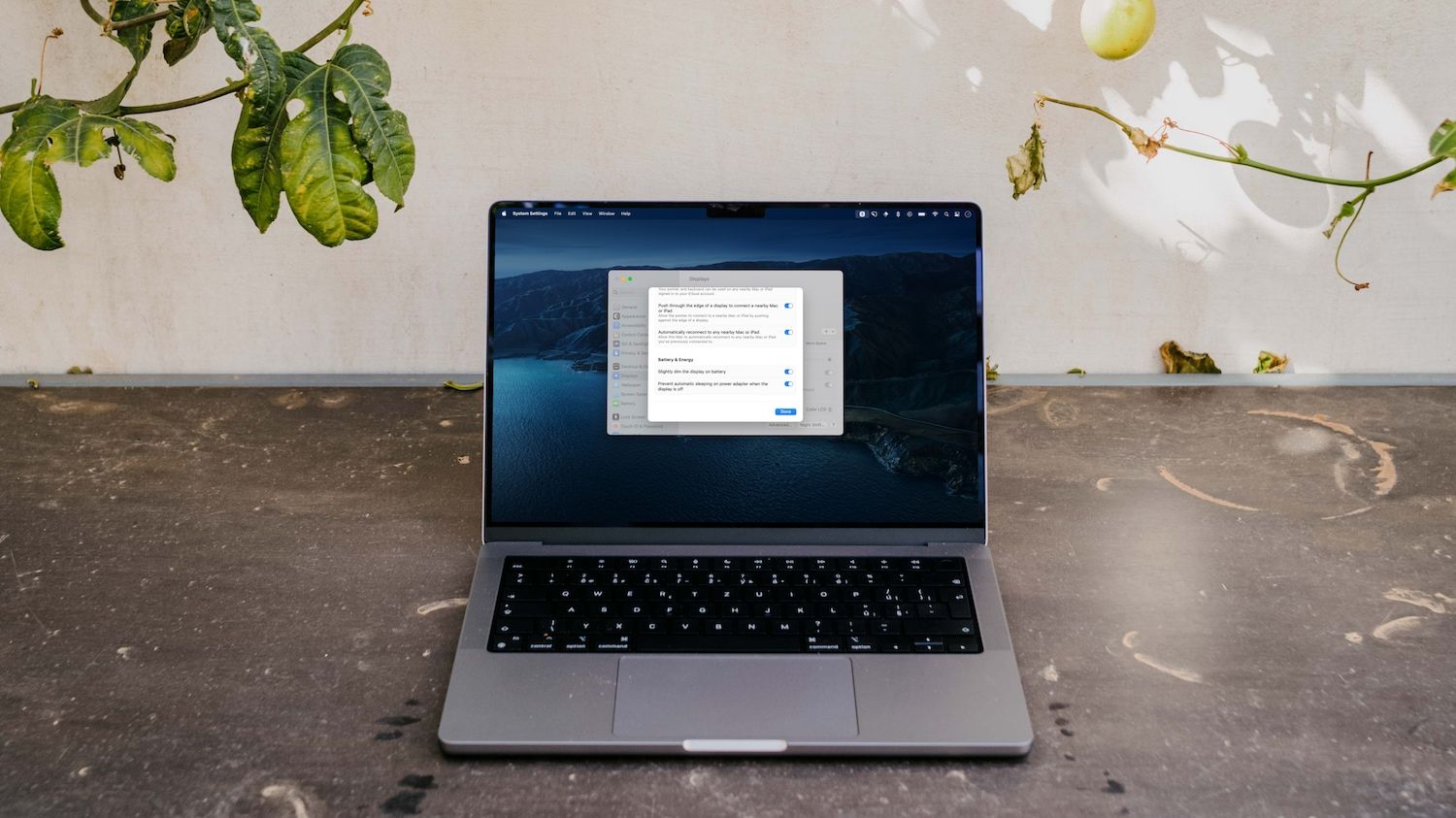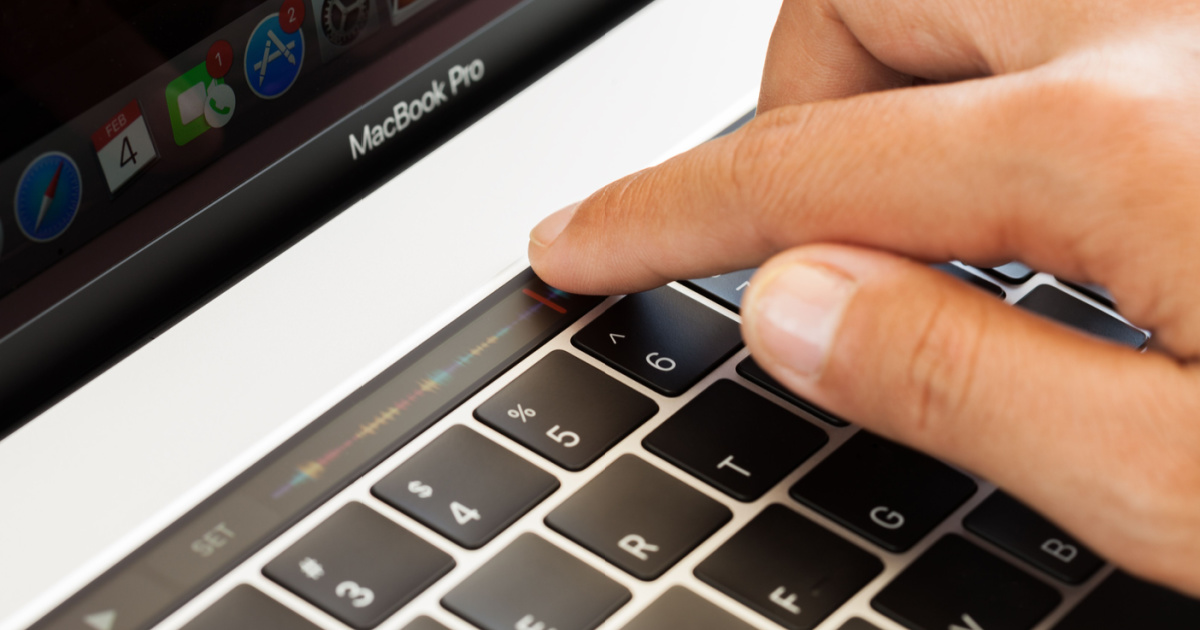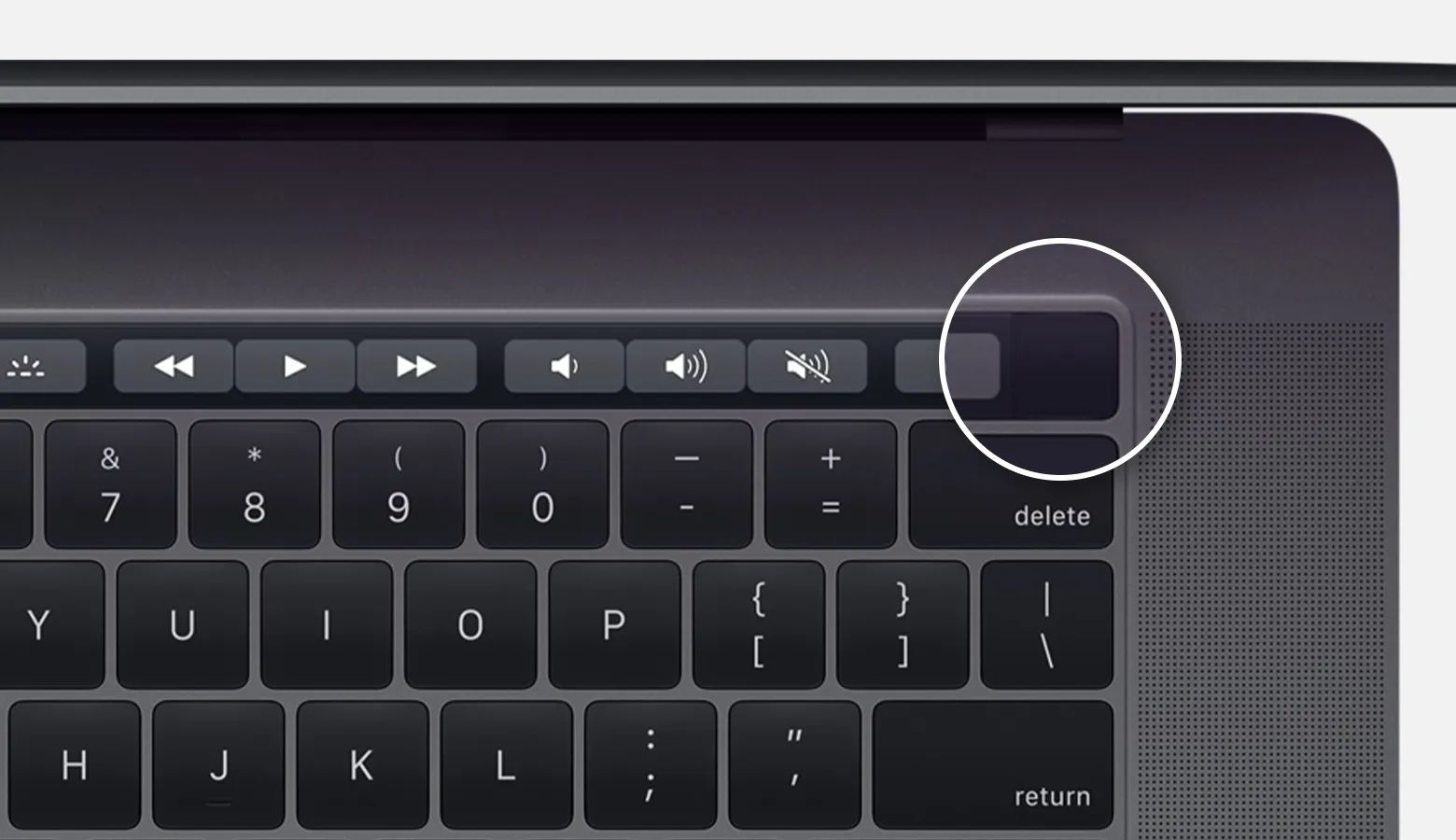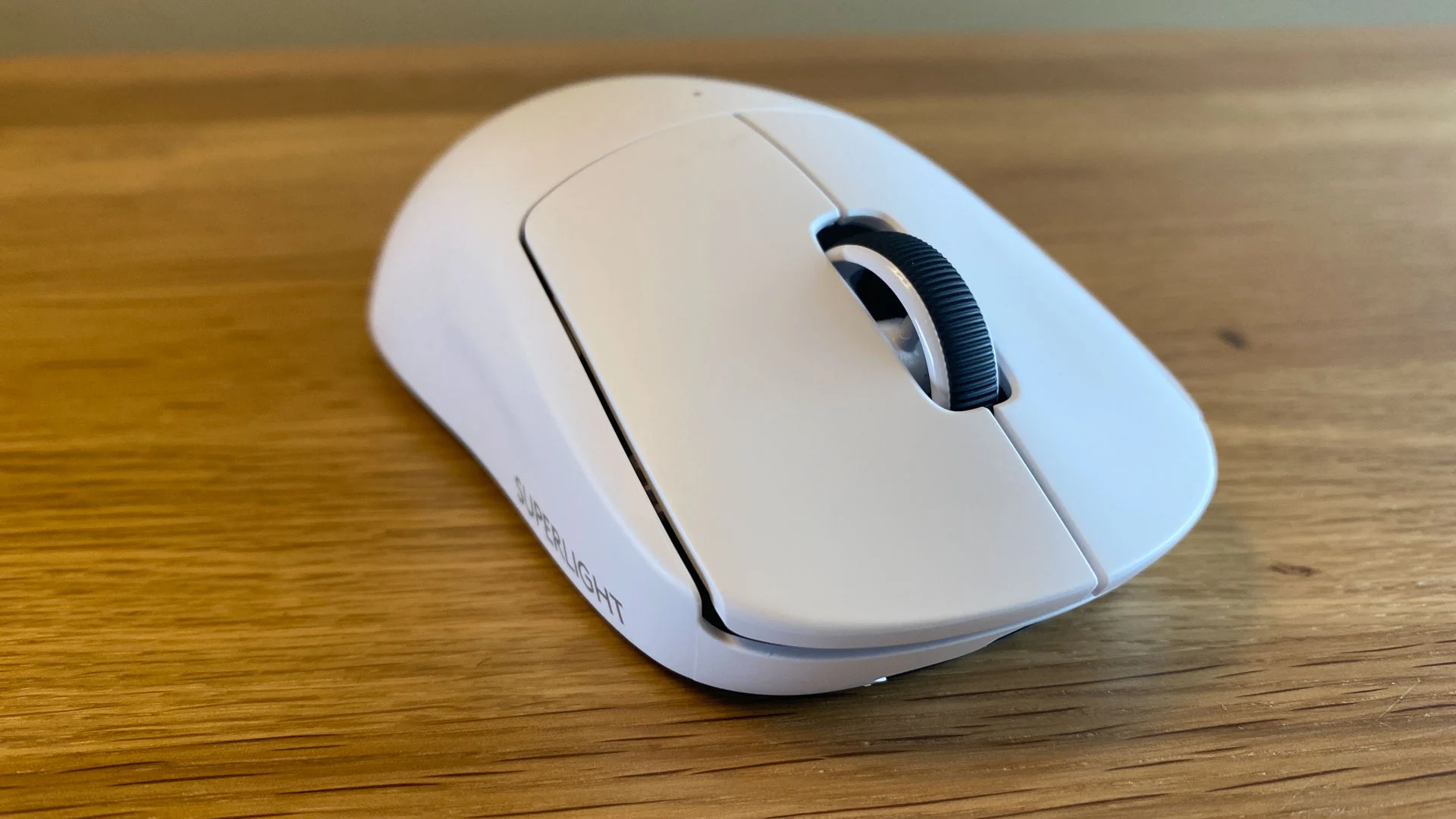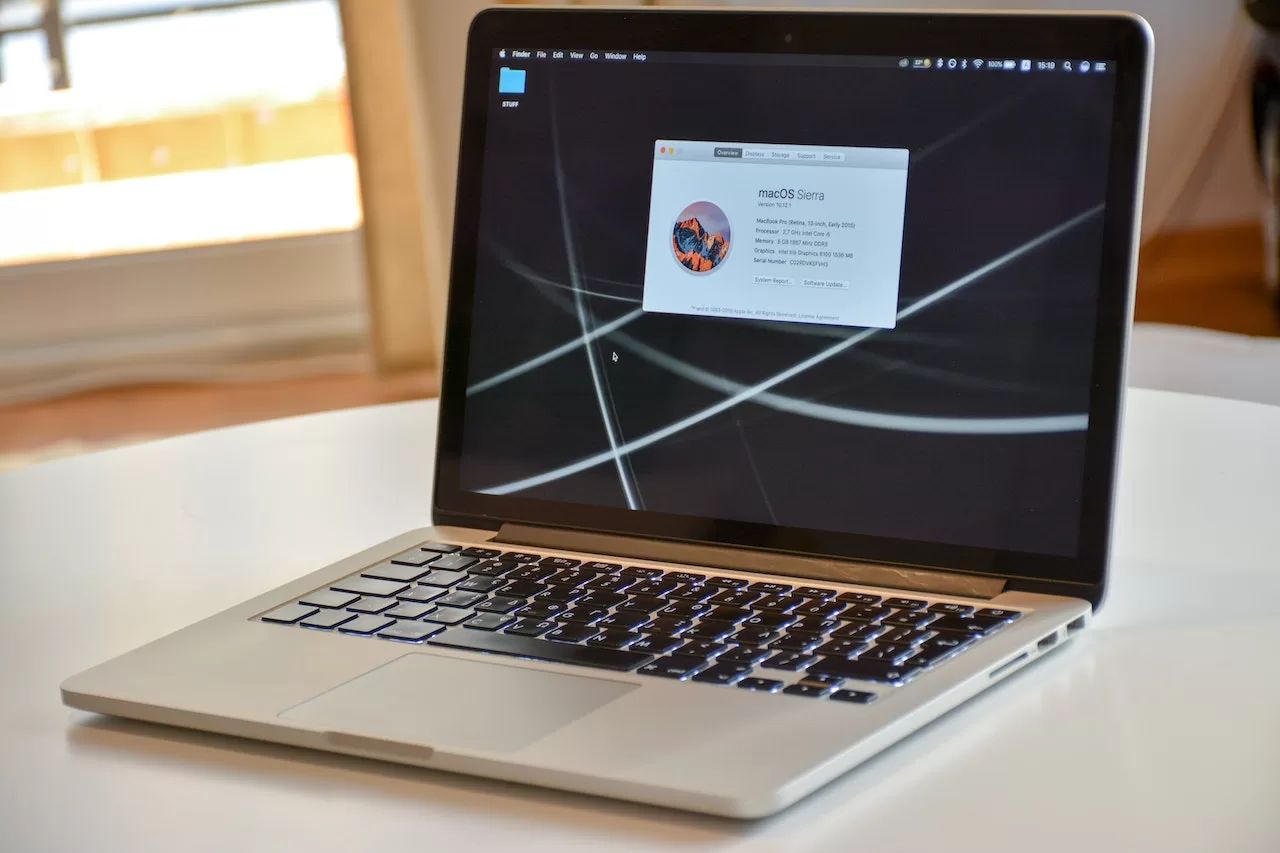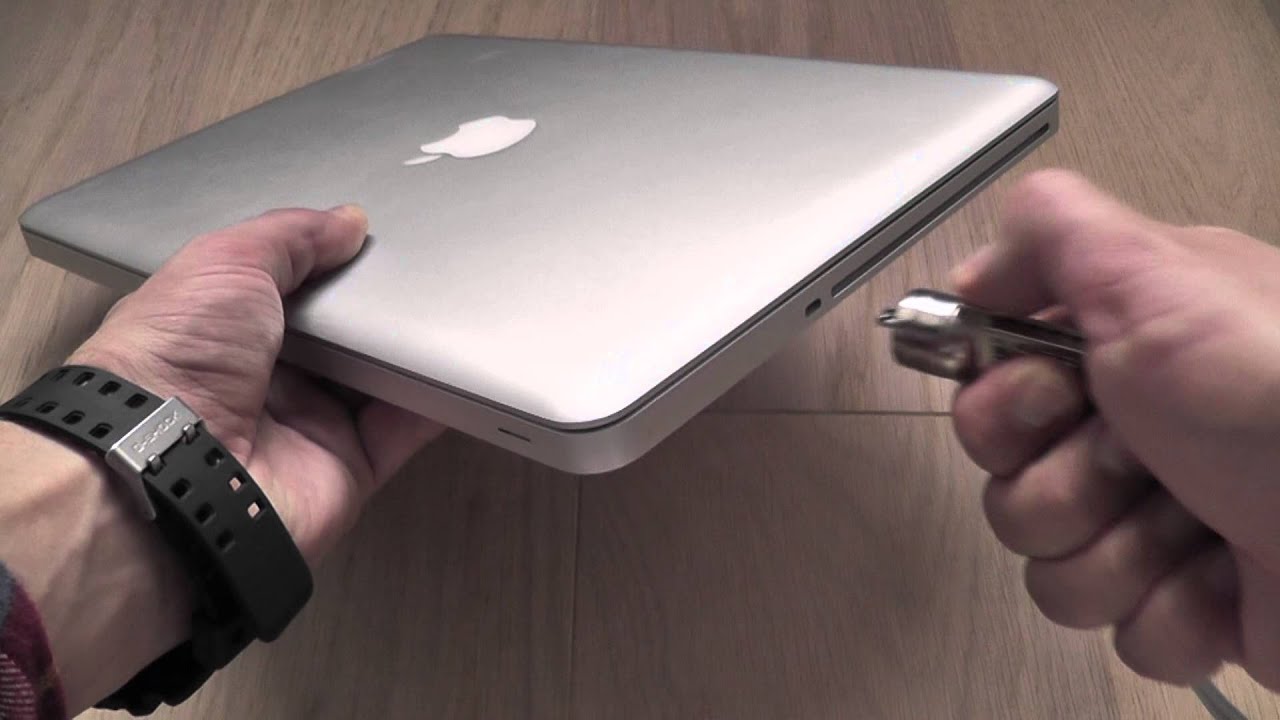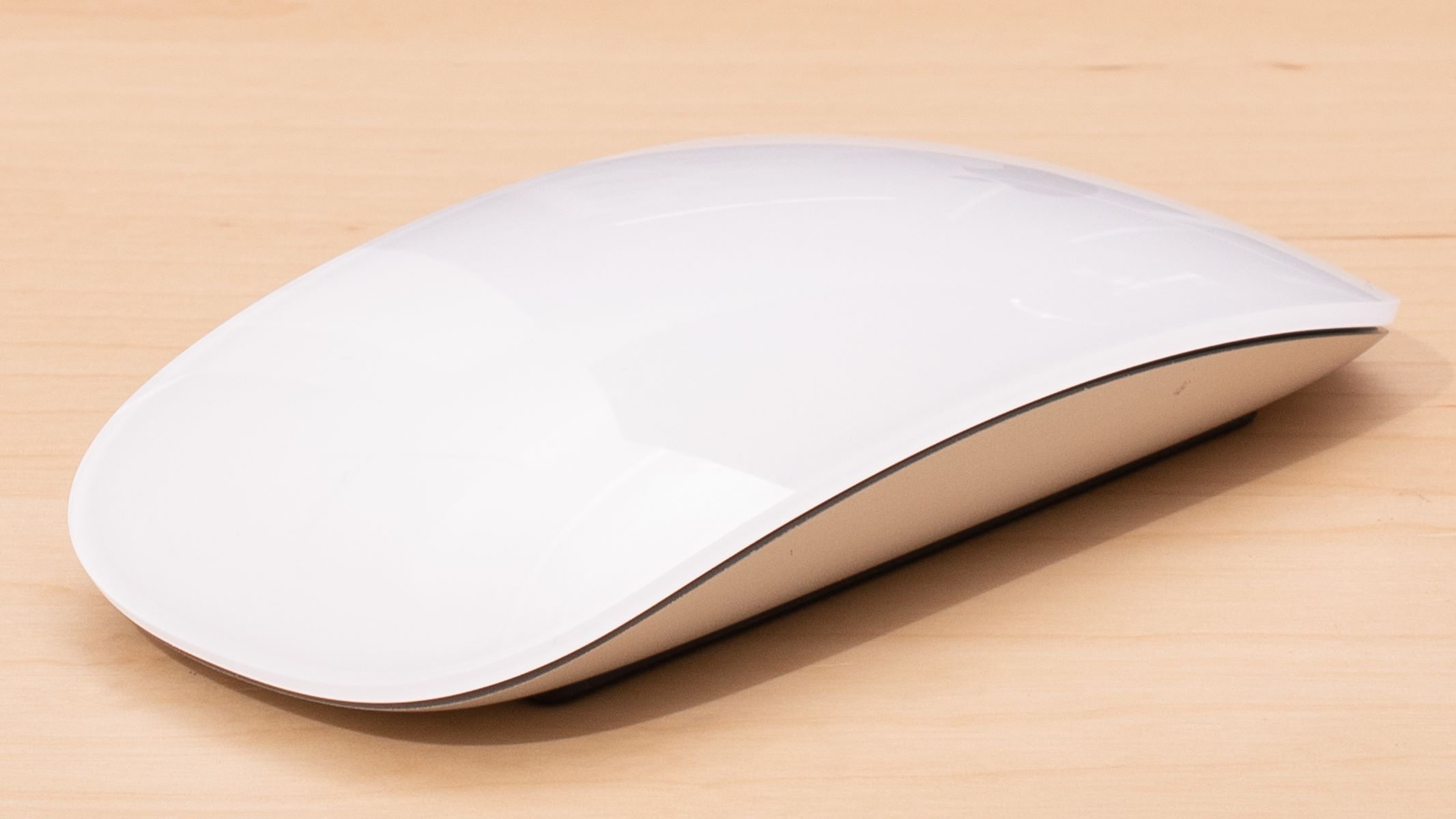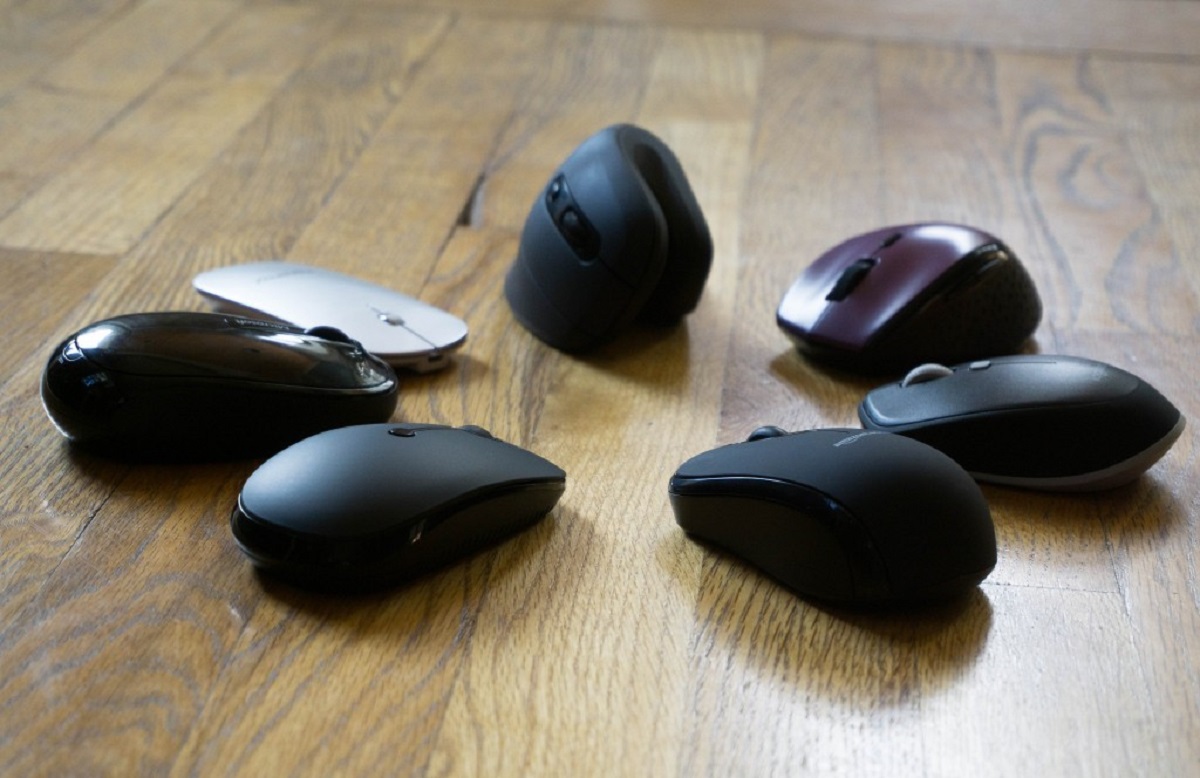Introduction
Welcome to your comprehensive guide on how to prevent your Macbook Pro from sleeping. As a Macbook Pro user, you may have found yourself in situations where you need your device to stay awake for prolonged periods of time. Whether you are working on an important project, running continuous tasks, or simply want to keep your device awake while watching a movie, we have got you covered!
In this article, we will explore various methods that you can employ to prevent your Macbook Pro from entering sleep mode. We will walk you through adjusting Energy Saver settings, using Terminal commands, utilizing third-party software, employing the caffeine feature, using an external keyboard or mouse, and even using dedicated apps. By implementing these methods, you can ensure that your Macbook Pro stays awake whenever you need it.
We understand the frustration of having your Macbook Pro go to sleep unexpectedly, interrupting your workflow or entertainment. Therefore, it is crucial to have a reliable method in place to prevent this from happening. Fortunately, Mac OS provides several options and features that allow you to customize sleep settings according to your preferences.
Whether you are a student, a professional, or a casual user, this guide will cater to your needs and help you keep your Macbook Pro awake when necessary. So, without further ado, let’s dive into the various methods and explore how you can prevent your Macbook Pro from sleeping!
Reasons why you might want to prevent your Macbook Pro from sleeping
There are several reasons why you may want to prevent your Macbook Pro from going into sleep mode. By keeping your device awake, you can avoid interruptions and ensure a smooth workflow. Let’s explore some common scenarios where preventing sleep mode becomes necessary:
- Working on important tasks: Whether you’re writing a long document, editing a video, or running resource-intensive applications, having your Macbook Pro go to sleep can disrupt your productivity. Preventing sleep mode allows you to continue your work without any interruptions and ensures that your device is always ready when you need it.
- Running continuous processes: Certain tasks, such as downloading large files, performing software updates, or running backups, can take a considerable amount of time. If your Macbook Pro goes to sleep during these processes, it can cause them to pause or even fail. By keeping your device awake, you can ensure that these tasks are completed without any interruptions.
- Watching movies or giving presentations: When you are watching a movie or giving a presentation, the last thing you want is for your Macbook Pro to go to sleep in the middle of it. Preventing sleep mode ensures that your device stays awake throughout the entire duration, allowing for a seamless and uninterrupted viewing experience.
- Monitoring tasks or processes: If you need to monitor a specific process, such as a file transfer, system diagnostics, or network connection, it is important to keep your Macbook Pro awake. This allows you to keep an eye on the progress and ensure that everything is running smoothly.
- Using external devices: Sometimes, external devices like USB drives, external monitors, or audio interfaces require your Macbook Pro to stay awake to function properly. By preventing sleep mode, you can avoid any compatibility issues and ensure that these devices remain connected and active.
By understanding the reasons behind preventing sleep mode on your Macbook Pro, you can take the necessary steps to keep it awake in various scenarios. Now that we have explored the reasons, let’s move on to the methods you can use to prevent your Macbook Pro from sleeping.
Method 1: Adjusting Energy Saver settings
One of the simplest ways to prevent your Macbook Pro from sleeping is by adjusting the Energy Saver settings. These settings allow you to control how and when your device goes to sleep based on your preferences. Here’s how you can do it:
- Access Energy Saver preferences: Open System Preferences from the Apple menu or by searching for it using Spotlight. In the System Preferences window, click on “Energy Saver.”
- Adjust sleep settings: In the Energy Saver window, you will see two sections: “Battery” and “Power Adapter.” Each section has a slider that allows you to set the amount of time before your Macbook Pro goes to sleep. Drag the slider to the right to increase the time interval or set it to “Never” to disable sleep mode completely.
- Disable “Put hard disks to sleep when possible”: This option is located at the bottom of the Energy Saver preferences window. Uncheck the box next to it to prevent your Macbook Pro from putting the hard disks to sleep. This is particularly useful if you are frequently accessing files or running tasks that require constant disk activity.
- Enable “Prevent computer from sleeping automatically when the display is off”: If you prefer your Macbook Pro to stay awake even when the display is turned off, make sure to check this option. It’s located in the Energy Saver preferences under the “Power Adapter” section. Enabling this option ensures that your device remains awake regardless of the display status.
Adjusting the Energy Saver settings gives you the flexibility to customize the sleep behavior of your Macbook Pro according to your specific needs. Whether you want to extend the sleep time or disable sleep mode completely, these settings allow you to do so with ease. However, keep in mind that modifying these settings may have an impact on your device’s power consumption and battery life, so it’s important to strike a balance between keeping your device awake and conserving energy.
Method 2: Using Terminal commands to disable sleep mode
If you’re comfortable using the Terminal and prefer a more advanced approach, you can disable sleep mode on your Macbook Pro using Terminal commands. Here’s how:
- Open Terminal: You can find Terminal in the Utilities folder within the Applications folder or by searching for it using Spotlight.
- Disable sleep mode: In the Terminal window, type the following command and press Enter:
sudo pmset -a sleep 0. You will need to enter your administrator password to execute the command. This command sets the sleep timer to zero, effectively disabling sleep mode on your Macbook Pro. - Verify the changes: To ensure that sleep mode is disabled, enter the command
pmset -gin Terminal and press Enter. This command displays the current power management settings on your Macbook Pro. Look for the line that begins with “sleep” and make sure it shows “sleep 0” as the value, indicating that sleep mode is disabled.
Disabling sleep mode via Terminal commands provides you with more control over the sleep behavior of your Macbook Pro. It can be particularly useful if you need to disable sleep mode temporarily for specific tasks or projects. Remember that this method requires administrative privileges and should be used with caution.
If you ever need to re-enable sleep mode on your Macbook Pro, you can use the command sudo pmset -a sleep 1 in Terminal to set the sleep timer back to its default value.
Now that you know how to disable sleep mode on your Macbook Pro using Terminal commands, let’s move on to the next method.
Method 3: Keeping your Macbook Pro awake with third-party software
If you prefer a more convenient and user-friendly approach, you can use third-party software to keep your Macbook Pro awake. These software solutions offer additional features and customization options to ensure that your device stays awake when needed. Here are a few popular options:
- Caffeine: Caffeine is a lightweight utility app that prevents your Macbook Pro from sleeping or going into the screensaver mode. It adds a small coffee cup icon to your menu bar, and when activated, it keeps your device awake until you manually disable it or specify a custom duration.
- Amphetamine: Amphetamine is another powerful utility app that offers extensive control over your Macbook Pro’s sleep behavior. With Amphetamine, you can create custom rules to prevent sleep based on specific conditions, such as when specific apps or files are open, or during certain time intervals. It also provides advanced scheduling options and integration with other Mac features.
- InsomniaX: InsomniaX is a versatile utility that allows you to disable sleep mode on your Macbook Pro temporarily or indefinitely. It provides a user-friendly interface where you can easily toggle sleep mode on or off. Additionally, it offers advanced features like disabling lid sleep and preventing the machine from sleeping when an external display is connected.
These third-party software options provide convenient and flexible ways to keep your Macbook Pro awake. They offer various customization options and features, allowing you to tailor the sleep behavior to fit your specific needs. The best part is that most of these apps are lightweight and easy to use, making them suitable for both casual users and professionals.
Before installing any third-party software, make sure to research and read user reviews to ensure compatibility with your specific Macbook Pro model and operating system version. Additionally, it’s recommended to download software from reputable sources and keep them updated to ensure compatibility and security.
With the help of these third-party software solutions, you can effortlessly keep your Macbook Pro awake for as long as you need it, without the hassle of manually adjusting system settings or using Terminal commands.
Now that you’re familiar with using third-party software, let’s explore another method to prevent your Macbook Pro from sleeping.
Method 4: Preventing sleep using the caffeine feature
If you’re looking for a simple and effective way to prevent your Macbook Pro from sleeping, utilizing the built-in caffeine feature can be a convenient option. The caffeine feature allows you to temporarily disable sleep mode and keep your device awake for a specified duration. Here’s how to use it:
- Activate the caffeine feature: Navigate to the menu bar at the top of your screen and locate the battery icon or the “Control Center” icon, depending on your Macbook Pro model and operating system version. Click on it to open the menu and find the caffeine option in the drop-down menu.
- Enable caffeine: In the caffeine menu option, click on “Enable Caffeine” or a similar command. This will activate the caffeine feature and prevent sleep mode from being enabled on your Macbook Pro.
- Set the duration: Some caffeine options allow you to specify the duration for which you want the device to stay awake. If applicable, select the desired duration from the available options or specify a custom duration.
The caffeine feature will keep your Macbook Pro awake for the specified duration, ensuring that it remains active and available for your tasks. Once the duration elapses, sleep mode will be enabled automatically as per your Energy Saver settings or other configured preferences.
It’s important to note that the caffeine feature provides a temporary solution to keep your Macbook Pro awake and should be used when you require the device to stay active for a short period. For longer durations or more specific requirements, you may need to explore other methods discussed in this guide.
Now that you know how to utilize the caffeine feature to prevent your Macbook Pro from sleeping, let’s move on to the next method.
Method 5: Using an external keyboard or mouse to keep your Macbook Pro awake
If you have an external keyboard or mouse connected to your Macbook Pro, you can utilize their presence to prevent your device from going into sleep mode. By enabling this feature, your Macbook Pro will stay awake as long as the external keyboard or mouse is detected. Follow these steps to activate the feature:
- Access the Bluetooth preferences: Open System Preferences from the Apple menu or by searching for it using Spotlight. In the System Preferences window, click on “Bluetooth.”
- Connect the external keyboard or mouse: Make sure your external keyboard or mouse is turned on and in pairing mode. Use the Bluetooth preferences to pair and connect the device with your Macbook Pro. Once connected, the device should be listed in the Bluetooth devices section.
- Enable the “Allow Bluetooth devices to wake this computer” option: In the Bluetooth preferences, locate the name of your connected external device and check the box next to “Allow Bluetooth devices to wake this computer.”
Enabling this option ensures that your Macbook Pro remains awake as long as the external keyboard or mouse is connected and active. It’s a helpful feature if you’re using your Macbook Pro in a desktop setup with an external keyboard and mouse.
If your Macbook Pro has a built-in keyboard, keep in mind that pressing keys on the internal keyboard will also prevent sleep mode from being activated. Therefore, it’s important to make sure that the external keyboard or mouse is the primary input device being used to keep your Macbook Pro awake.
By utilizing an external keyboard or mouse, you can conveniently keep your Macbook Pro awake during tasks that require continuous input or when you want to maintain a desktop-like experience.
Now that you know how to use an external keyboard or mouse to prevent your Macbook Pro from sleeping, let’s proceed to the next method.
Method 6: Keeping your Macbook Pro awake using an app
If you prefer a more automated and customizable solution, using a dedicated app to keep your Macbook Pro awake can be a great option. These apps offer advanced features and settings to ensure that your device stays awake for the desired duration or under specific conditions. Here’s how you can keep your Macbook Pro awake using an app:
- Research and choose a suitable app: There are several apps available that offer features to keep your Macbook Pro awake. Some popular options include Amphetamine, Caffeine, and InsomniaX. Research these apps, read user reviews, and choose the one that fits your requirements.
- Download and install the app: Visit the official website or trusted third-party sources to download the chosen app. Follow the installation instructions provided by the app’s developer to install it on your Macbook Pro.
- Configure the app settings: Once the app is installed, launch it and explore the settings. These settings may allow you to set a specific duration for keeping your Macbook Pro awake, define conditions for preventing sleep, or even create custom rules based on specific events or processes.
- Activate the app: After configuring the settings, activate the app to start keeping your Macbook Pro awake. Depending on the app, this can be done by clicking on an icon in the menu bar, accessing the app from the Applications folder, or following the instructions provided by the app’s developer.
Using an app to keep your Macbook Pro awake offers an automated and customized approach. You can tailor the app’s settings to fit your specific needs, ensuring that your device stays awake for the desired duration or under specific conditions.
Remember to keep the app up to date and check for compatibility with your Macbook Pro model and operating system version. Additionally, be mindful of the app’s impact on power consumption and battery life, as some apps may consume more resources when keeping your device awake.
Now that you know how to use a dedicated app to keep your Macbook Pro awake, we have reached the end of our methods. Let’s summarize and conclude our guide on keeping your Macbook Pro from sleeping.
Conclusion
In this comprehensive guide, we have explored various methods to prevent your Macbook Pro from entering sleep mode. From adjusting Energy Saver settings to using Terminal commands, employing third-party software, utilizing the caffeine feature, relying on an external keyboard or mouse, and using dedicated apps, there are multiple approaches to keep your Macbook Pro awake.
We discussed the reasons why you might want to prevent your Macbook Pro from sleeping, such as uninterrupted work sessions, continuous processes, seamless movie watching or presentations, monitoring tasks, or using external devices. Understanding these reasons helps you determine which method or combination of methods suits your specific needs.
Whether you prefer simplicity, advanced customization, or a user-friendly interface, there is a method for everyone. Adjusting Energy Saver settings allows you to customize sleep behavior, while Terminal commands offer more control for advanced users. Third-party software provides additional features and flexibility, and the caffeine feature and connection with external devices offer convenient options. Dedicated apps automate the process and provide tailored solutions.
It’s essential to consider the impact on power consumption and battery life when keeping your Macbook Pro awake for extended periods. Finding the right balance between keeping your device awake and conserving energy is crucial.
By following the methods outlined in this guide, you can ensure that your Macbook Pro stays awake when necessary, allowing you to maximize your productivity, enjoy uninterrupted entertainment, and efficiently monitor tasks that require continuous operation.
Experiment with these methods and choose the ones that work best for you. Remember to keep your Macbook Pro and any third-party apps up to date to ensure compatibility and security.
We hope this guide has helped you in your quest to keep your Macbook Pro awake. Embrace the flexibility and convenience these methods offer to make the most of your Macbook Pro’s capabilities while avoiding any unexpected interruptions caused by sleep mode.







